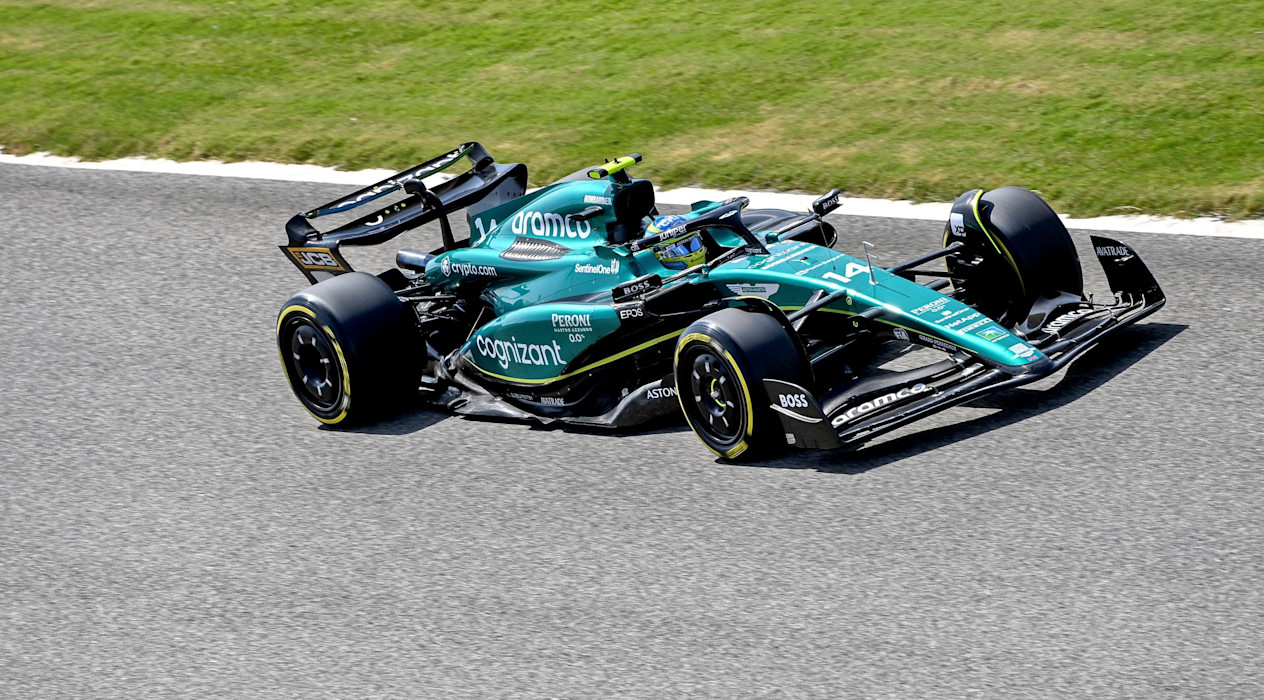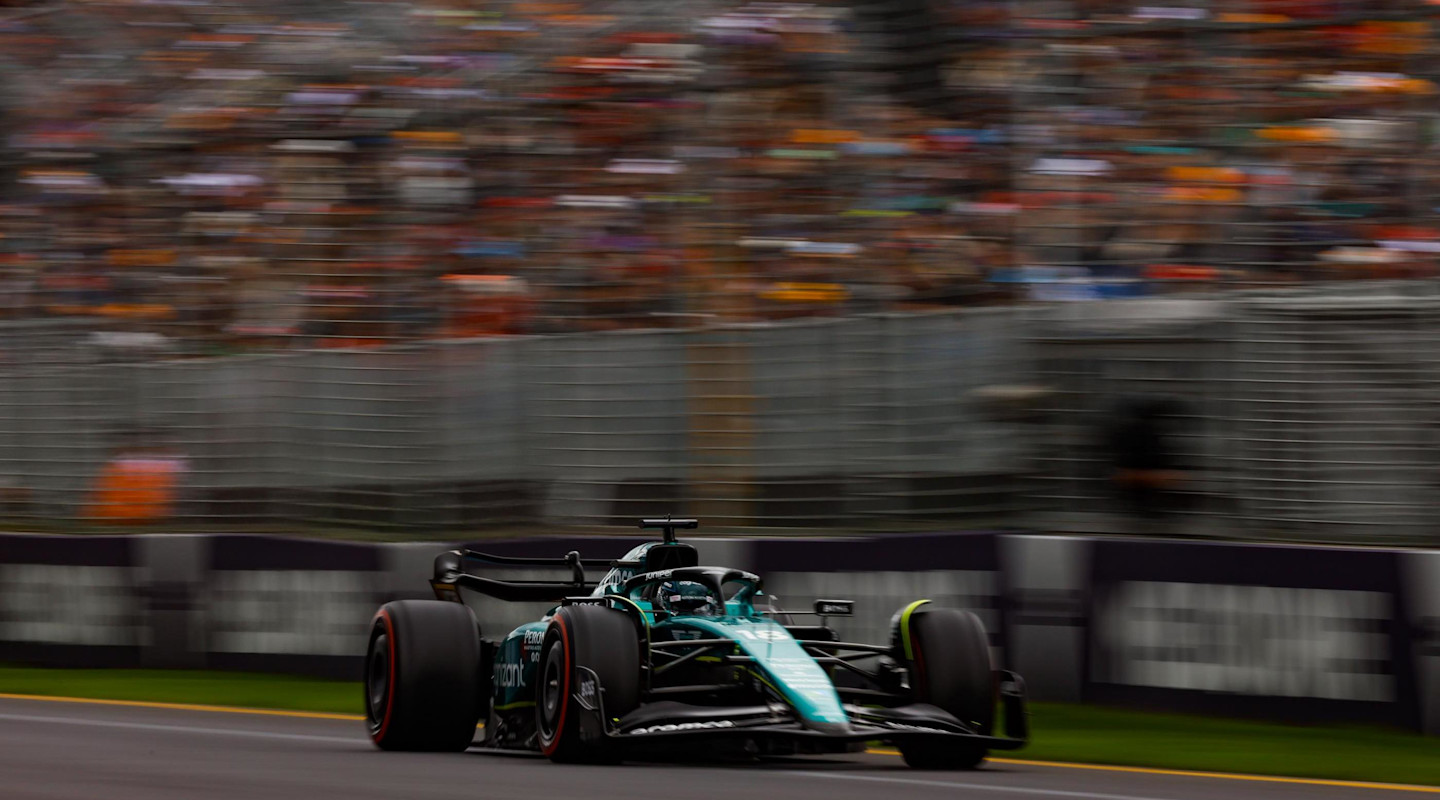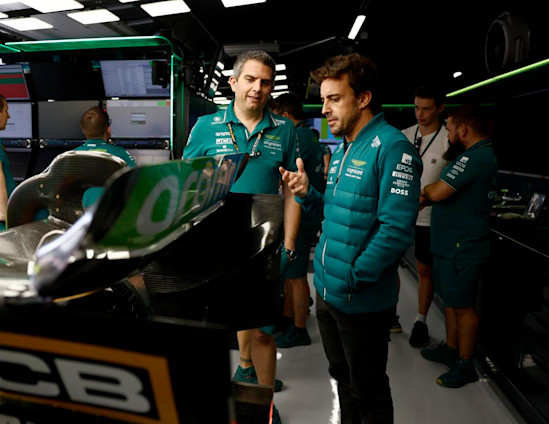
Together with our Official Trading Partner AvaTrade we guide you through Formula One's maze of rules. This time around we look at DRS, and how it came to be.
Formula One has pages and pages of rules and sometimes it can be overwhelming. Together with AvaTrade, we're exploring those rules and explaining how they came to be.
This time around we look at DRS, how it's used, and why its history is more intricate than it seems...
Formula One has been using a switchable overtaking device – the Drag Reduction System – for over a decade. It has its fans and detractors as DRS balances technology against entertainment. How did it come to be? To answer that, it's worth looking back at the history of wings on F1 cars.
When Formula One engineers first started playing with wings in the late 1960s, they were quickly surprised by the amount of aerodynamic load that could be generated, pushing the car to the ground. Racing cars suddenly had more grip and more speed. It was eye-opening. But these early wings were mounted on tall struts and would frequently shear and break – often leading to huge accidents.
Beefier wings were mandated for the remainder of the 1970s for safety's sake, and then ground effect aero arrived in F1 in 1977. This saw grip generated by huge underbody tunnels, generating mammoth levels of downforce and significantly faster cornering speeds as teams began to push the limits. What was critical was sealing the car to the track as effectively as possible, so the governing body brought in minimum ride-height regulations.

Article 3.2.2 of the FIA Technical Regulations stipulates that 'all aerodynamic components or bodywork… must be rigidly secured and immobile.' There are compliance tolerances built into the rules – a millimetre or two here and there – and the bodywork of every car is measured and load-tested at each and every Grand Prix.
In 2010, the innovative F-Duct solution allowed the driver to stall the rear wing by sealing a cockpit duct with their elbow, thus diverting air away from the rear wing down the straights. There were no moveable aerodynamics but this was outlawed for the following season.
But in 2011, teams were allowed to use DRS for the first time, allowing the driver to open a flap on the rear wing and momentarily reduce drag and increase top speed along the straights. It is still the only part of the car where a moveable aerodynamic device is permitted.

How does DRS work?
The DRS flap is operated by the driver toggling a switch in the cockpit, which activates a hydraulic servo that flicks the rear wing mainplane upwards – in effect, 'opening' the rear wing.
When can DRS be used?
DRS can be deployed after the opening lap of the sprint; and the opening two laps of a Grand Prix. It is disabled in the wet, and at the discretion of the race director if conditions or visibility make it unsafe to use.
It automatically toggles off as soon as the driver hits the brakes and can also be de-activated with a second press of the switch.
How is DRS usage detected?
It is permitted in DRS Zones, only when a driver crosses an activation strip less than one second behind the car ahead. The DRS deployment zones are defined by the FIA, who have managed and finessed them for over a decade. Each deployment zone is preceded by an activation point – cars are measured through this timing strip.
Sometimes, such as in Baku this year, DRS Zones are shortened, because the benefit they offer is too great; conversely, a fourth zone was added to this year's Australian Grand Prix to further assist with overtaking around a track where it is typically tricky. It's a balancing act.
What are the benefits of DRS?
Teams have optimised DRS in different ways – so there's no single measurable uplift, it varies from car to car. In general, however, deploying DRS increases top speeds by around 8-12km/h (5-7.5mph) and is a helpful assist when passing another car.
Learn more with AvaTrade
In the same way that a racing driver can constantly learn and improve using data, AvaTrade encourages traders to hone and refine their own skills – courses are created by experts, free to access, tightly focused and comprehensive.
You can discover more about our partnership with AvaTrade and access a suite of free educational resources designed to help you enhance your trading skills.

AvaTrade explains the F1 rulebook
Amplify your fan experience
From exclusive collabs to once-in-a-lifetime prizes, I / AM DROPS is a new series of unique and ultra-limited moments and fan experiences.
Sign up for I / AM or sign in to unlock.





































